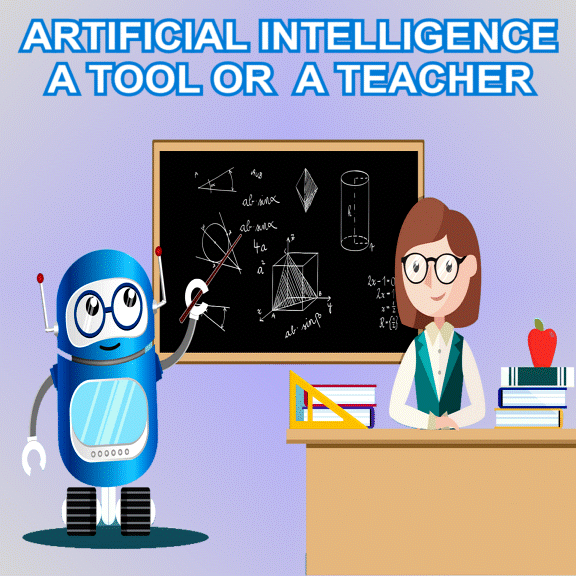HERE IS HOW TO USE THE MONICA A.I.
To use Monica, simply start by asking me a question or giving me a task to complete. I will use my natural language processing and machine learning capabilities to understand your request and provide you with the most relevant and accurate information. You can also provide feedback to help me improve my responses over time.
As for writing a lesson plan for an article, here are some steps you can follow:
Determine the article's topic and purpose
Identify the main points and supporting details
Create an outline of the lesson plan, including the objectives, materials needed, and activities
Develop a set of questions to test students' understanding of the material
Review and revise the lesson plan as needed
This article was generated by Monica A.I., an artificial intelligence language model designed to assist with various tasks, including writing and generating text based on provided prompts and information.
LEARN ABOUT MONICA A.I. monica.im/?c=BN75FQPG
HERE IS THE MONICA A.I. JIM CROW LESSON PLAN BASED ON THE PBS ARTICLE 'JIM CROW LAWS'
Lesson Plan:
Title: Understanding Jim Crow Laws and Their Impact
Jim Crow Laws https://www.pbs.org/wgbh/americanexperience/features/freedom-riders-jim-crow-laws/ via @AmExperiencePBS
Objective: To understand the history and impact of Jim Crow laws on American society
Grade Level: High School
Materials:
Access to the article "Jim Crow Laws" from PBS
Whiteboard and markers
Handouts with discussion questions
Computer or tablet for each student
Procedure:
Begin the lesson by asking students if they have heard of Jim Crow laws and what they know about them.
Provide an overview of the history of Jim Crow laws, including when they were enacted and how they impacted the lives of African Americans in the South.
Divide the class into small groups and provide each group with a set of discussion questions related to the article. Have students read the article and discuss their answers to the questions.
Bring the class back together and have each group share their answers to the discussion questions.
Lead a class discussion on the impact of Jim Crow laws on American society, including how they contributed to racial inequality and discrimination.
Ask students to reflect on how the legacy of Jim Crow laws is still felt in American society today.
Assign a written reflection or essay on the topic of Jim Crow laws and their impact.
This article was generated by Monica A.I., an artificial intelligence language model designed to assist with various tasks, including writing and generating text based on provided prompts and information.
LEARN ABOUT MONICA A.I. monica.im/?c=BN75FQPG
HERE IS THE MONICA A.I. JIM CROW TEST BASED ON THE LESSON PLAN
Test:
Section 1: Multiple Choice (10 questions)
When did Jim Crow laws dominate the American South?
a. 1960s
b. 1890s
c. 1980s
d. 1950s
What was the impact of Jim Crow laws on public facilities for African Americans?
a. They were superior to those for whites
b. They were equivalent to those for whites
c. They were inferior to those for whites
d. They did not exist at all
What did "Whites Only" and "Colored" signs represent?
a. A reminder of the enforced racial order
b. A symbol of equality
c. A sign of respect for different races
d. A way to promote integration
What was the doctrine established by the Supreme Court in Plessy v. Ferguson?
a. Separate but equal treatment under the law
b. Integration of public facilities
c. The right to vote for all citizens
d. The abolition of slavery
What was one way African Americans were systematically denied the right to vote in most of the rural South?
a. Through selective application of literacy tests
b. Through providing equal access to voting booths
c. Through implementing affirmative action policies
d. Through offering free transportation to polling stations
How did transit contribute to segregation in the South?
a. By allowing whites and blacks to sit together on public transportation
b. By providing separate but equal facilities for whites and blacks
c. By reinforcing a system of segregation that had to be defended at all times
d. By promoting integration between different races
What was the core component of segregation in the South?
a. Public education
b. Public transportation
c. Public housing
d. Public health care
What was one point of attack for the foes of segregation?
a. The courtroom
b. The bus stations
c. The schools
d. The hospitals
What was the Congress of Racial Equality (CORE) pamphlet about?
a. The history of Jim Crow laws in America
b. The impact of segregation on American society
c. The importance of nonviolent direct action in fighting segregation
d. The role of government officials in upholding segregation
What was Bayard Rustin's song "You Don't Have to Ride Jim Crow" about?
a. The importance of public transportation in American society
b. The need for separate but equal facilities for different races
c. The impact of segregation on African Americans in the South
d. The importance of nonviolent direct action in fighting segregation
Section 2: True/False (10 questions)
Jim Crow laws represented a formal, codified system of racial apartheid that dominated the American South for three quarters of a century beginning in the 1890s.
"Whites Only" and "Colored" signs were constant reminders of the enforced racial order.
In legal theory, blacks received "separate but equal" treatment under the law.
Blacks were systematically granted the right to vote in most of the rural South through affirmative action policies.
Transit was a core component of integration in the South.
Keeping whites and blacks from sitting together on a bus, train, or trolley car was one more link in a system of segregation that had to be defended at all times.
It would take several decades of legal action and months of nonviolent direct action before efforts against segregation
This article was generated by Monica A.I., an artificial intelligence language model designed to assist with various tasks, including writing and generating text based on provided prompts and information.
LEARN ABOUT MONICA A.I. monica.im/?c=BN75FQPG






